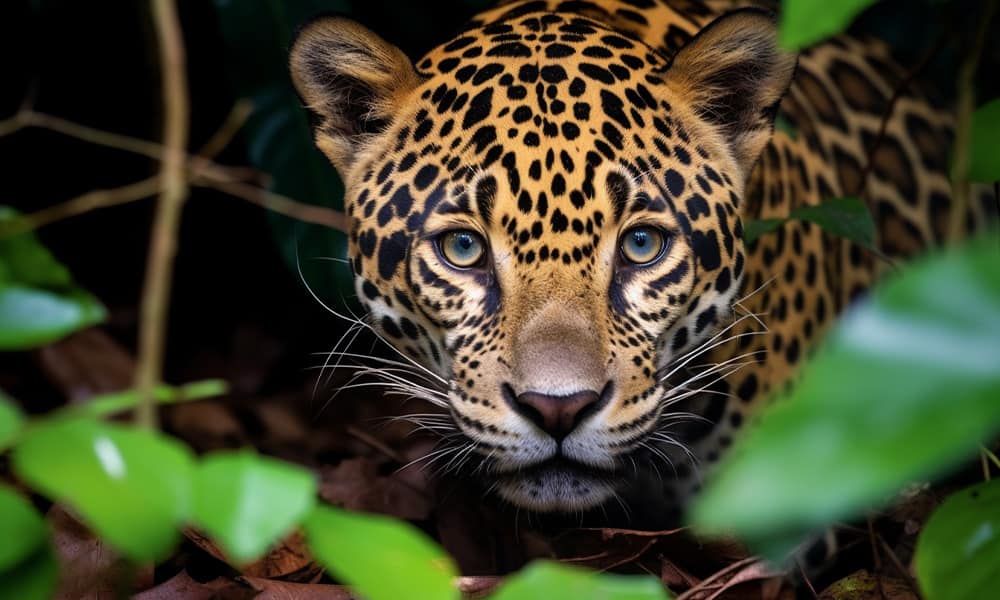For 20 years, Arizona State University wildlife ecologist Jan Schipper has tirelessly worked to protect and conserve jaguars in Costa Rica’s Talamanca Mountain Range. Schipper’s dedication to preserving these majestic big cats has led to significant advancements in jaguar conservation in collaboration with the Costa Rican government, fellow researchers, and local communities.
As Schipper explained, habitat loss poses one of the biggest threats to the survival of jaguars in Costa Rica. “The Costa Rican Forest once stretched across the Central American country, providing ample grounds for jaguars to roam freely, find food, and sustain their species. As rainforests were converted to farmlands, the jaguars’ habitat has diminished, reducing prey and forcing the animals to look to livestock for food,” he said.
Schipper’s team has implemented innovative solutions to tackle issues like illegal poaching. They set up a “gunshot detection program throughout the rainforest” to help park rangers identify areas where poaching activity is taking place. Their research is tailored to discourage poaching and educate poachers and their families, many of whom are employed to track wildlife.
Areas once thought to provide a safe haven for jaguars are now plagued by human encroachment and its consequences. “Satellite imagery indicates habitat loss, so we expect fewer jaguars overall. That, combined with hunting, paints a pretty grim picture. The largest population remains in La Amistad International Park, where we work. But the populations in Central America are still much worse off than in the Amazon,” noted Schipper.
Hunting driven by the high price of jaguar parts has become a huge problem. “In Costa Rica, a spotted jaguar can be worth as much as $10,000, and a black (melanistic) jaguar is worth about $20,000. They are taken to China and sold as parts. That’s enough incentive to keep local poachers hunting; a year’s salary in one kill. Moreover, many North Americans and Europeans like to come shoot things in Costa Rica…and jaguar is top on the menu,” Schipper said regretfully.
To combat this, Schipper’s team is creating a wildlife corridor along the Pan-American Highway and collaborating with landowners to promote sustainable agriculture practices that support jaguar conservation.
Thanks to Jan Schipper’s tireless dedication over the past two decades, there is hope for the future of the jaguar population in Costa Rica. Schipper’s innovative conservation methods and commitment to working with local communities serve as a model for preserving these iconic big cats and their natural habitat. Costa Rica should be grateful for researchers like Schipper who devote their lives to protecting our precious wildlife.








